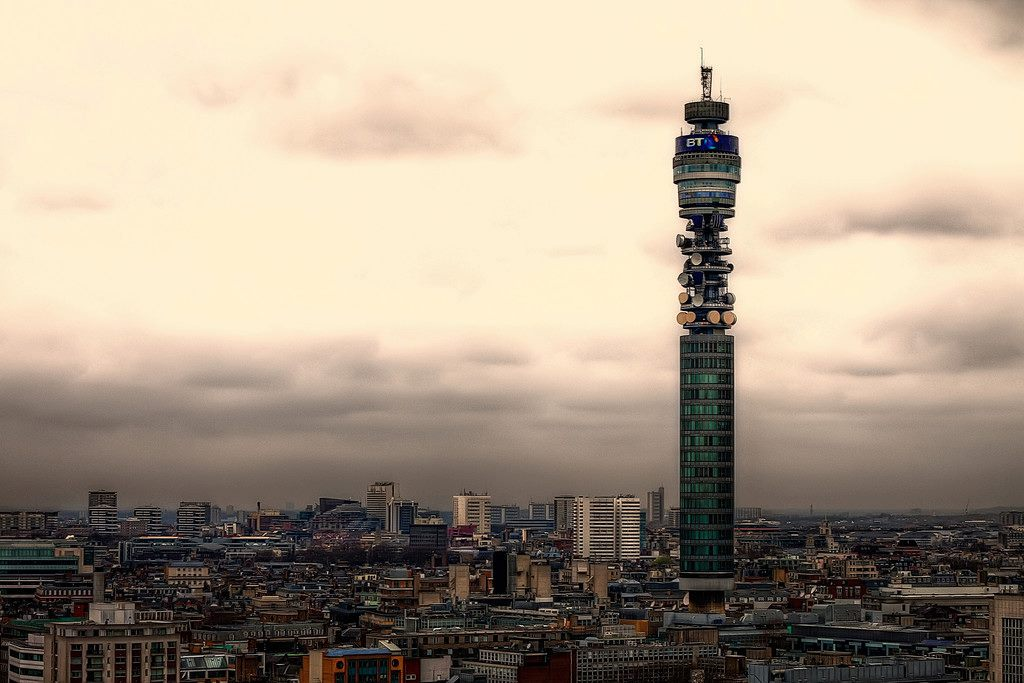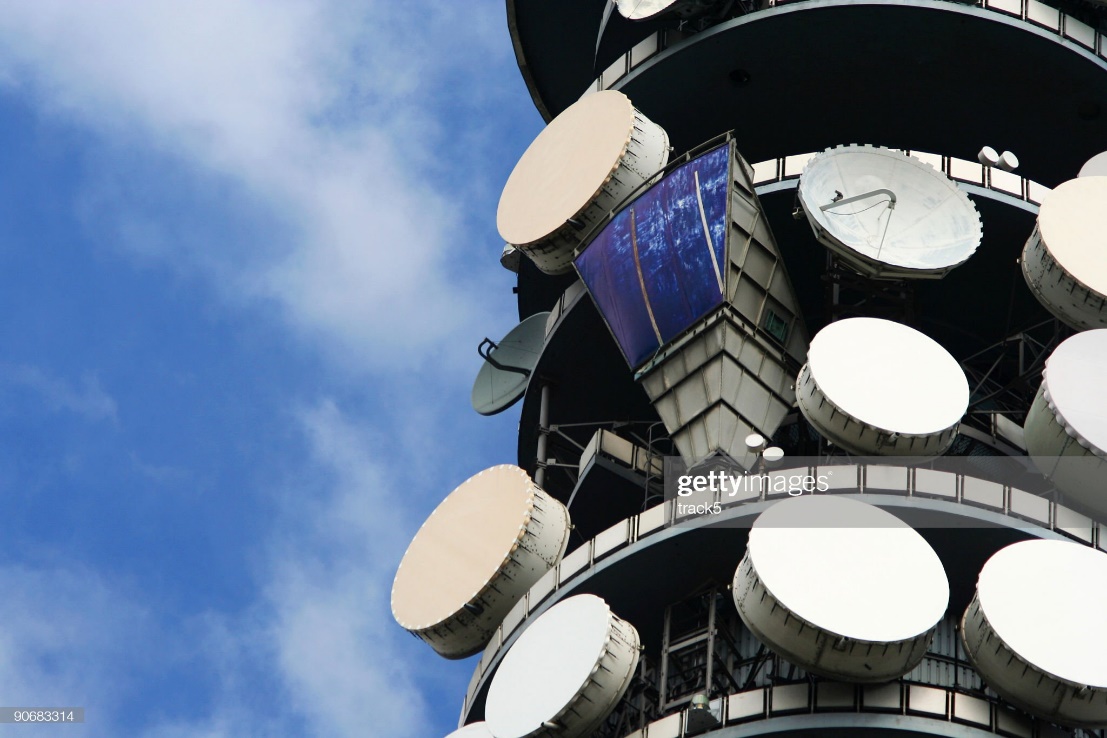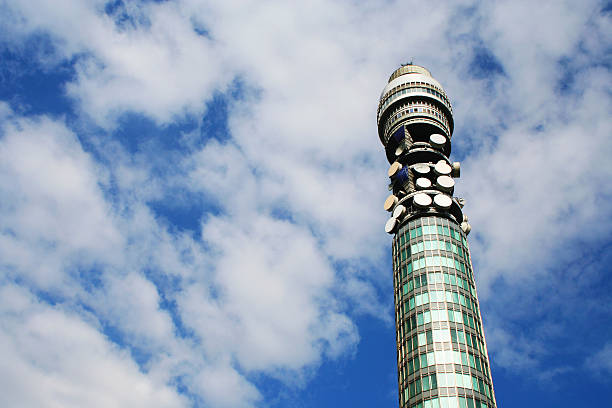 1: British Telecom Tower; Source: https://megalopolisnow.com/tag/bt-telecom-tower/
1: British Telecom Tower; Source: https://megalopolisnow.com/tag/bt-telecom-tower/
BT Group plc is an international holding company for telecommunications with its main office in London, England. It operates in almost 180 nations and is the UK’s biggest fixed-line, internet, and mobile service provider. It also offers IT services and subscription television.
1: The first public telegraph company in history
The remarkable thing about British Telecom is that it has roots in the world’s first public telegraph firm, the Electric Telegraph Company, which was established in 1846 and built a national communications network.
2: Changing the name
British Telecommunication changed its name to British Telecommunication plc in 1984. The company was privatized and sold 50% of its shares.
3: Number of customers
BT influences several sizable companies. Worldwide corporate and government clients are served by the BT Global Services division’s telecom services. The UK’s approximately 18 million residents are served by the BT Consumer division’s telephony, broadband, and subscription television services.

2: British Telecom Tower Dishes; Source: https://www.gettyimages.co.nz/detail/photo/satellite-dishes-on-top-of-the-bt-tower-london-royalty-free-image/90683314
4: Introduction of the brand
In 1980, the British Telecom name was first used. As a result of the British Telecommunications Act of 1981, Post Office Telecommunications officially changed its name to this on October 1, 1981. They became a state-owned concern separate from the Post Office. With the issuance of a license to Mercury Communications in 1982, BT’s monopoly in the telecommunications industry was ended.
5: Privatization of the company
The government declared its intention to sell British Telecom shares to the general public on July 19, 1982. In preparation for the Telecommunications Bill’s passage, British Telecommunications was established as a public limited company (plc) on April 1, 1984.
6: The debit crisis 2001
By 2001, BT owed £30 billion in debt, the majority of which was accrued during the competition for the rights to use third-generation (3G) mobile telephony. Additionally, it had failed in a string of proposed global mergers, and the money coming from its near-monopoly on the UK market at the time had mostly dried up.
7: Yell Group’s sale and O2’s demerger
Yell Group, a partnership between the private equity companies Apax Partners and Hicks, Muse, Tate & Furst, acquired BT’s directory business in June 2001 for £2.1 billion.
8: Special status of the company
Most of the businesses and assets owned by the holding company BT Group are held by its wholly owned subsidiary, British Telecommunications plc. The British telecoms regulator Ofcom oversees the operations of BT’s companies under special government oversight.

3: British Telecom Tower; Source: https://www.istockphoto.com/photos/bt-tower
9: The British Telecom Tower was the tallest building in the UK
The tower’s construction began in June 1961, was completed on July 15, 1964, and was formally inaugurated on May 19, 1966. It is the highest building in the UK at the time, with a roof height of 177 meters (580.7 feet) and an architectural height of 189 meters (620.1 ft)
10: The BT Tower quickly gained popularity among tourists
On May 17, 1966, Queen Elizabeth II paid a visit to the BT Tower. Two days later, on May 18, 1966, Tony Benn and Billy Butlin, two well-known politicians at the time, presided over the opening ceremony that officially opened the tower to the public. The tower, which was undoubtedly widely promoted as the highest structure in the UK then, quickly gained popularity and hosted about a million visitors in its first year.
